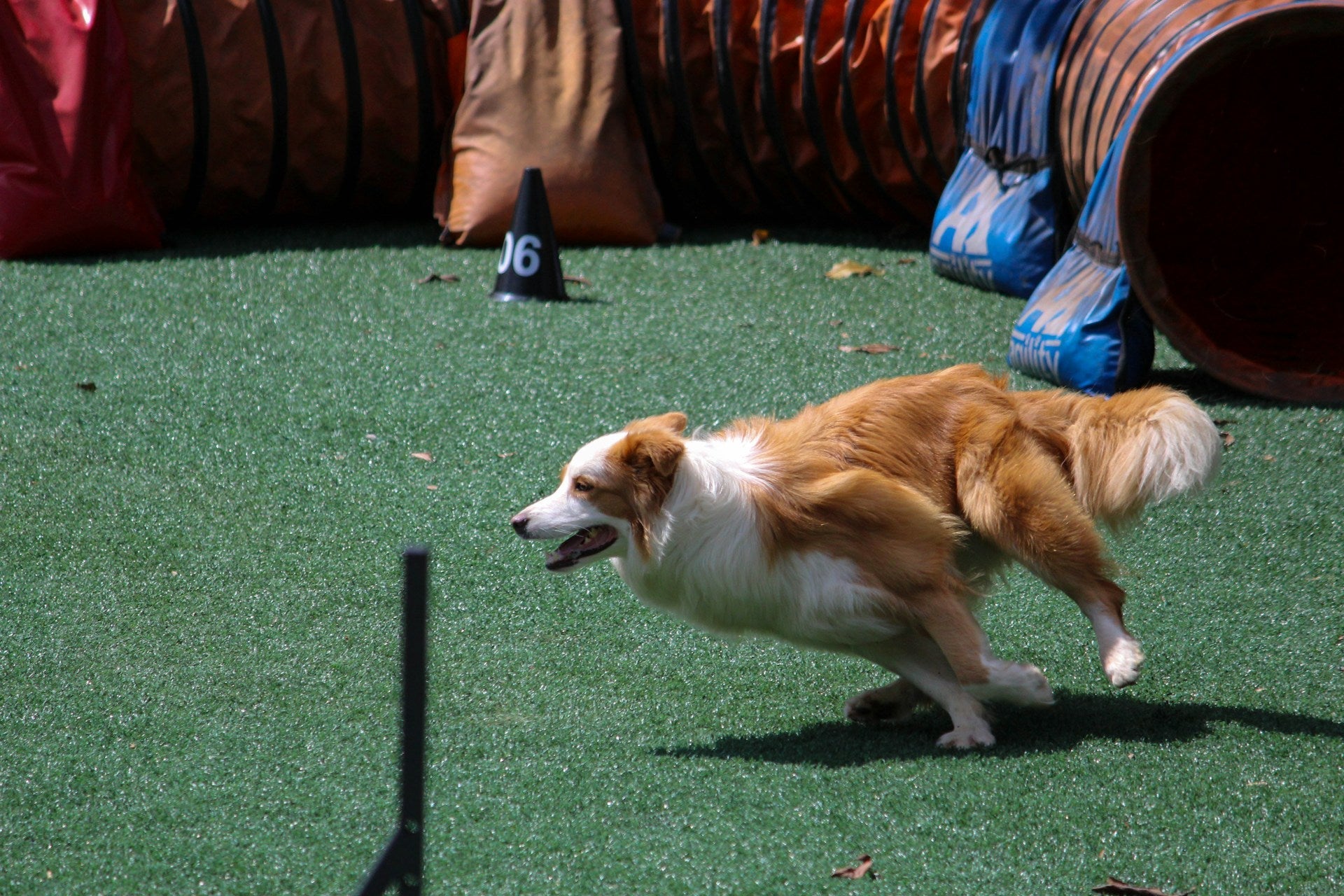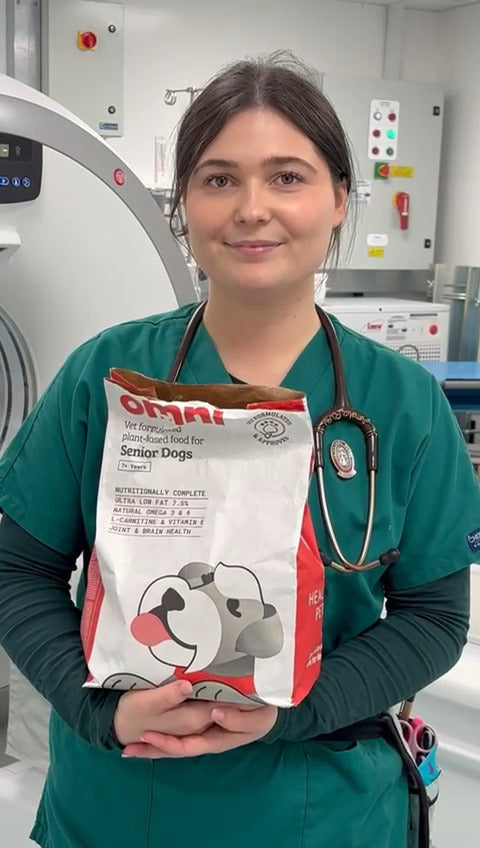Joint Supplements for Dogs - A Revolutionary One-a-Day Soft Chew

Joint Supplements for Dogs - A Revolutionary One-a-Day Soft Chew
Welcome, fellow dog enthusiasts! Worried about swollen and injured joints? If you're a dedicated dog guardian, you know how vital it is to ensure your furry friend's well-being, especially when it comes to joint health and mobility. We're excited to introduce a ground-breaking soft chew supplement, carefully formulated by clinical veterinary practitioners to provide a potent, convenient, and enjoyable solution for your beloved companion.
Discover the Power of Joint Supplements for Dogs
Our soft chew supplement stands out as a game-changer in the realm of joint supplements for dogs. It's not just another supplement; it's a smarter way to give your dog healthier joints and improved mobility with our 1-a-day formula.
Powerhouse Ingredients Delivering Maximum Impact:
- Chondroitin, Glucosamine & MSM: The trio that forms the backbone of joint health, providing the basic building blocks of collagen and cartilage.
- Garbanzo Flour, Glycerine, Tapioca Flour, Potato Starch: Quality ingredients ensuring a delicious, low-calorie chew for your dog's daily joint supplement routine.
- Brewer's Yeast, Sweet Potato Powder, Dried Algae, Coconut Oil, Yeasts: A flavorful blend that contributes not only to taste but is also packed with Omega-3s and contributes to overall well-being.
- Hyaluronic Acid: Lubricates and cushions joints, aiding in improved mobility.
Benefits Your Dog Will Love:
- Soothes Stiff Joints: Our Omega-3 blend has been formulated for stiff joints, arthritis, growing dogs, and promotion of flexibility.
- Aids Mobility: Hyaluronic acid and antioxidants (Vitamin C) work together to lubricate joints and neutralise free radicals, maintaining joint mobility.
- Supports Joint Structure: Glucosamine and chondroitin play a crucial role in supporting and maintaining joint structure.
Environmentally Sustainable:
We take pride in being environmentally conscious by ensuring our joint supplement is free from ingredients of animal origin. Our commitment to sustainability extends beyond providing the best for your pet; it's about making choices that benefit the planet.
The Hassle-Free Hip and Joint Dog Supplement
Easy Daily Dosing:
Our hip and joint dog supplement comes in a convenient one-a-day dosage, making it hassle-free for pet owners. With a month's supply in each tub and specific chew sizes for Small, Medium & Large dogs, it's tailored for dogs of all sizes.
In Conclusion:
Give your dog the gift of better joint health with our revolutionary one-a-day soft chew supplement. It's not just about providing essential nutrients; it's about ensuring a happy, active life for your canine companion. Trust in our evidence-based, cruelty-free formula, vet-formulated for your pet's optimal well-being. Make the smart choice for your dog's joint health today with our joint supplements for dogs!







 85 Great Portland Street, 1st Floor, London, W1W 7LT United Kingdom
85 Great Portland Street, 1st Floor, London, W1W 7LT United Kingdom